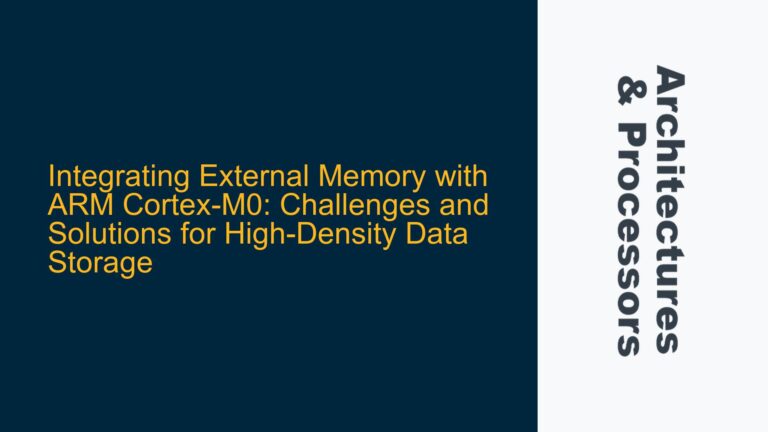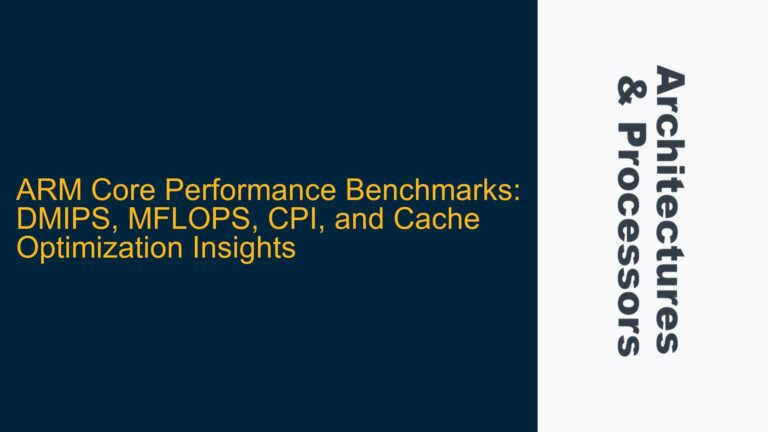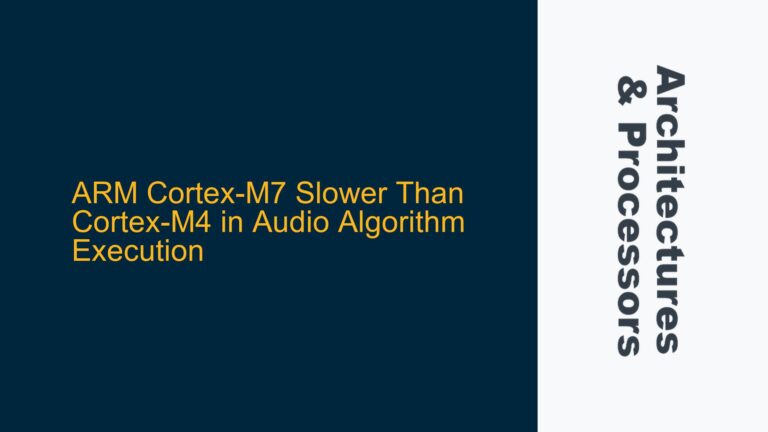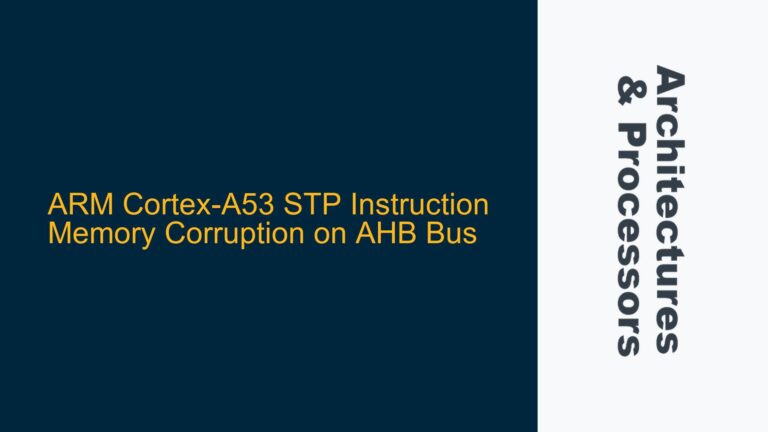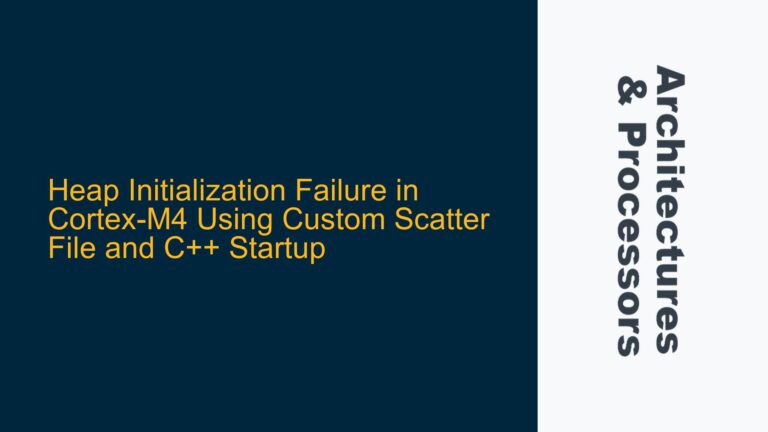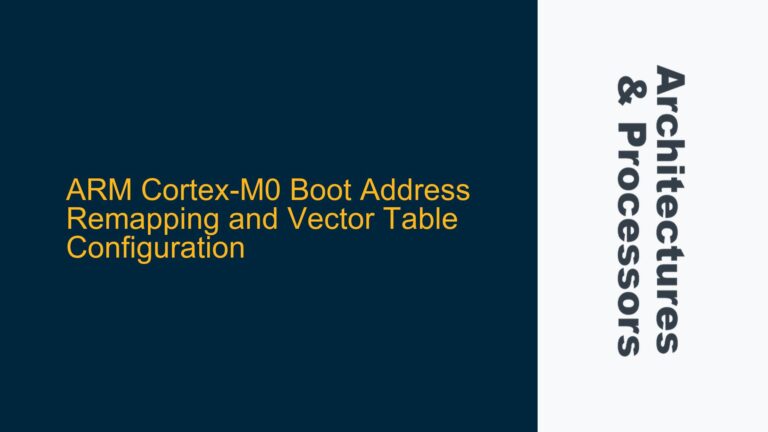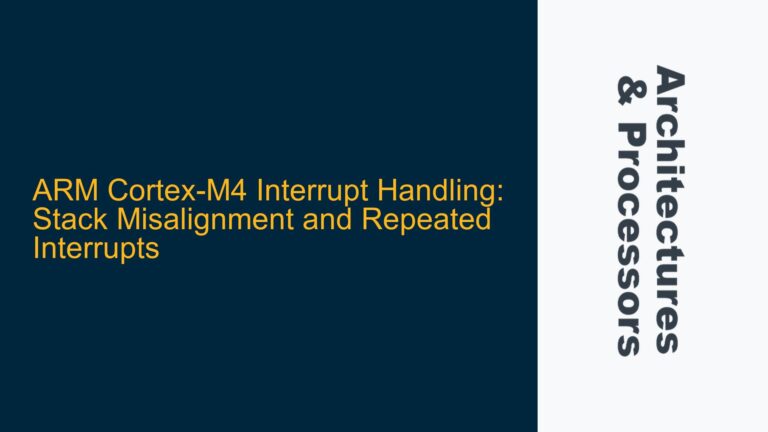Interfacing ILI9325 TFT Display with LPC1768: Troubleshooting and Implementation Guide
ILI9325 TFT Display Initialization and SPI Communication Challenges Interfacing a TFT display with the LPC1768 microcontroller, particularly when using the ILI9325 driver, involves several critical steps that must be meticulously executed. The ILI9325 is a popular display driver IC that supports 262K colors and is commonly used in 2.4-inch TFT displays. The LPC1768, based on…

